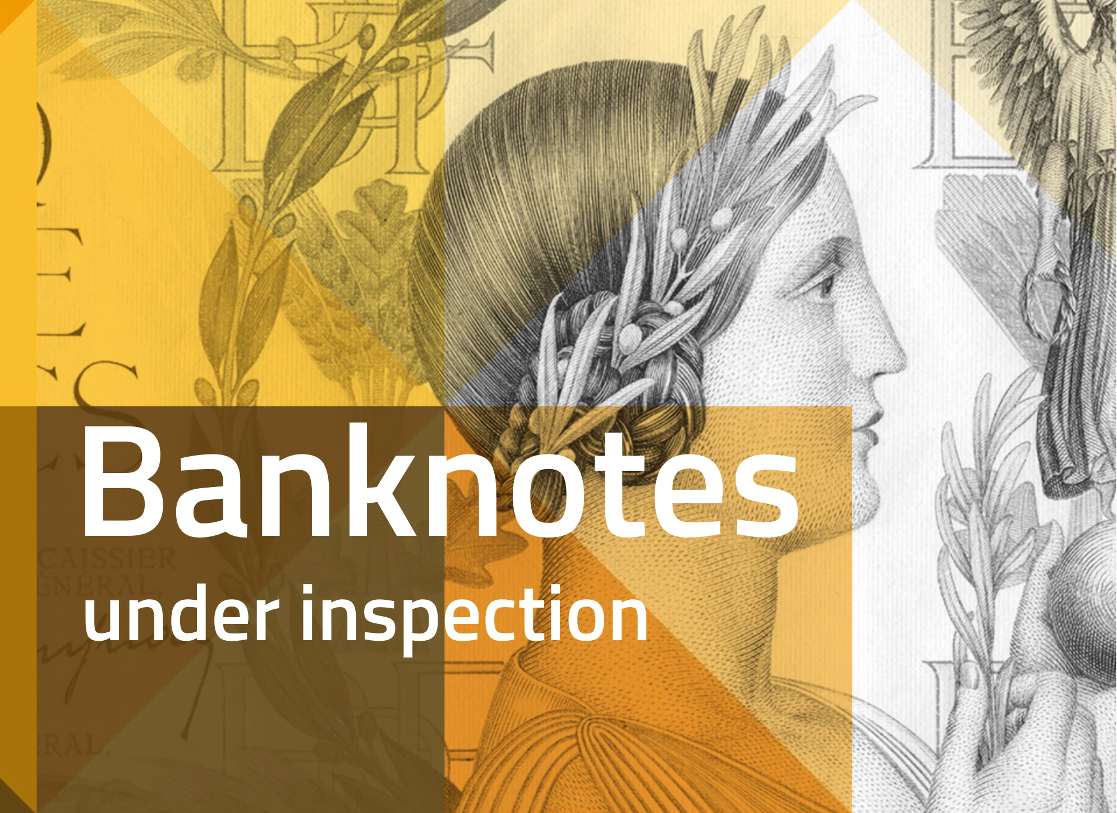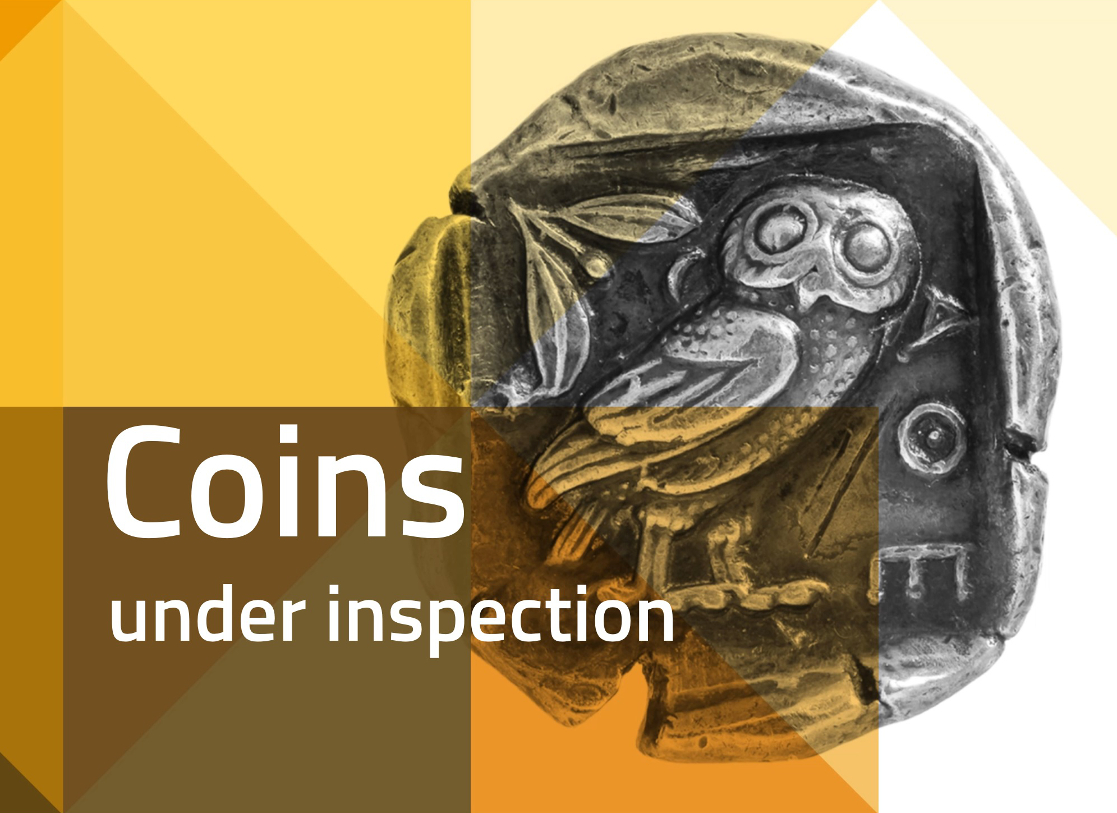Minted for the first time in 1311, at the end of the reign of Philip IV the Fair (King of France from 1285 to 1314), the “Agnel d’or” represents on the obverse a lamb, symbol of Christ, and on the reverse, a cross bearing fleurs de lys. This coin of pure gold (24 carats) weighed just over 4 grammes. It was minted until 1326.
Besides its artistic qualities, the “Agnel d’or” is interesting for several other reasons.
The choice of image (iconography) revives the tradition of depicting religious symbols on the obverse of coins (their presence on the reverse, with the cross, is much more constant throughout the history of French coinage, from the Carolingians to the early 18th century). Coins with exclusively Christian motives were quite common in Byzantium and the Lamb was depicted on an English coin from the early 11th century. However, for France, the “Agnel d’or” was a novelty. The underlying idea was to recall the relation between the king and Christianity, but this development can also no doubt be linked to the widespread use of gold in French coinage from Philip the Fair onwards: a coin with a sacred symbolism was naturally associated with gold, which, for many years, has been considered as the ultimate precious material.
Philip the Fair, "counterfeiter king".
The “Agnel d’or” is the last gold coin issued by Philip the Fair. This monarch minted a wide range of currencies: five other gold coins, three silver coins and a dozen billon coins (an alloy of low intrinsic value, a combination of copper and silver, with a variable proportion of silver depending on the currencies). On account of this growth in issuance and the sharp variations in the value of coins issued relative to gold, Philip the Fair was often referred to as the "counterfeiter king".
This is obviously not the case (the king acted lawfully and backed all monetary changes during his reign by the corresponding orders). These accusations nevertheless highlight the unease created by the large number of monetary changes under his rule. For example, by replacing the “Man¬telet d’or” by the “Agnel d’or”, Philip the Fair managed to achieve an 18% increase in value (in denier tournois in which prices were denominated) with the same amount of gold. These monetary changes were partly explained by the need to bring money into the state coffers: because a tax (or seigniorage) was levied by the State on all coins minted in its workshops, the increase in the types of coins minted led to a rise in tax revenues. The depreciations in the denier tournois, in which annuities were denominated, also led to a decrease in the nominal value of government debt, thus making its repayment in the short term easier. However, the high inflation that resulted from these currency manipulations had a negative impact on living standards and stirred discontent among the population. They also led investors to hold the former trustworthy currencies or even use foreign currencies, thus going against another monetary policy objective of Philip the Fair, i.e. increasing means of payment (including those issued by the crown of France) against a backdrop of growing trade.
........................................
Agnel d’or.
Crédit : Banque de France
Published on 08 February 2012. Updated on 08 March 2022
Explore also...
-

The City, Resources, The keys of the economy, Treasures, Banknotes and coins
Banknotes under inspection
-

The City, Resources, The keys of the economy, Treasures, Banknotes and coins
Coins under inspection
-

The City, Resources, The keys of the economy, Treasures, Banknotes and coins
Banknotes under inspection
-

The City, Resources, The keys of the economy, Treasures, Banknotes and coins
Coins under inspection
-

The keys of the economy, Players, Businesses
A game (in French) for learning about economics
